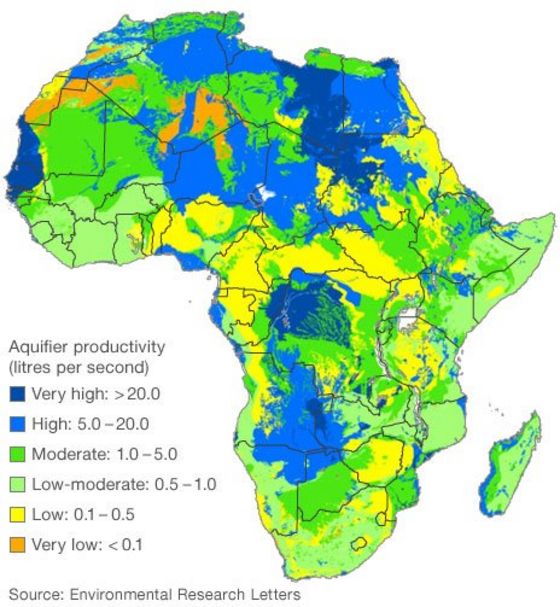I'd like to start a discussion about the possibility of, and methods for, improving the habitability of Africa - large parts of which are too difficult to grow crops in, and also large parts of which are distinctly unhealthy. (Tsetse flies and mosquitoes being just two of the reasons for the latter.)
Probably the largest part of Africa with problems is the Sahara Desert. One project, or set of projects, I've seen discussed is the digging of sea-level canals connecting the sea (usually the Mediterranean) with below sea level areas of desert such as the Qatarra (sp?) Depression. Which would probably increase rainfall drastically in the areas around these new seas. I believe (can't confirm; can't find a large-scale topographic map) that a fair proportion of Chad is very low-lying, too.
Any thoughts?
Probably the largest part of Africa with problems is the Sahara Desert. One project, or set of projects, I've seen discussed is the digging of sea-level canals connecting the sea (usually the Mediterranean) with below sea level areas of desert such as the Qatarra (sp?) Depression. Which would probably increase rainfall drastically in the areas around these new seas. I believe (can't confirm; can't find a large-scale topographic map) that a fair proportion of Chad is very low-lying, too.
Any thoughts?


